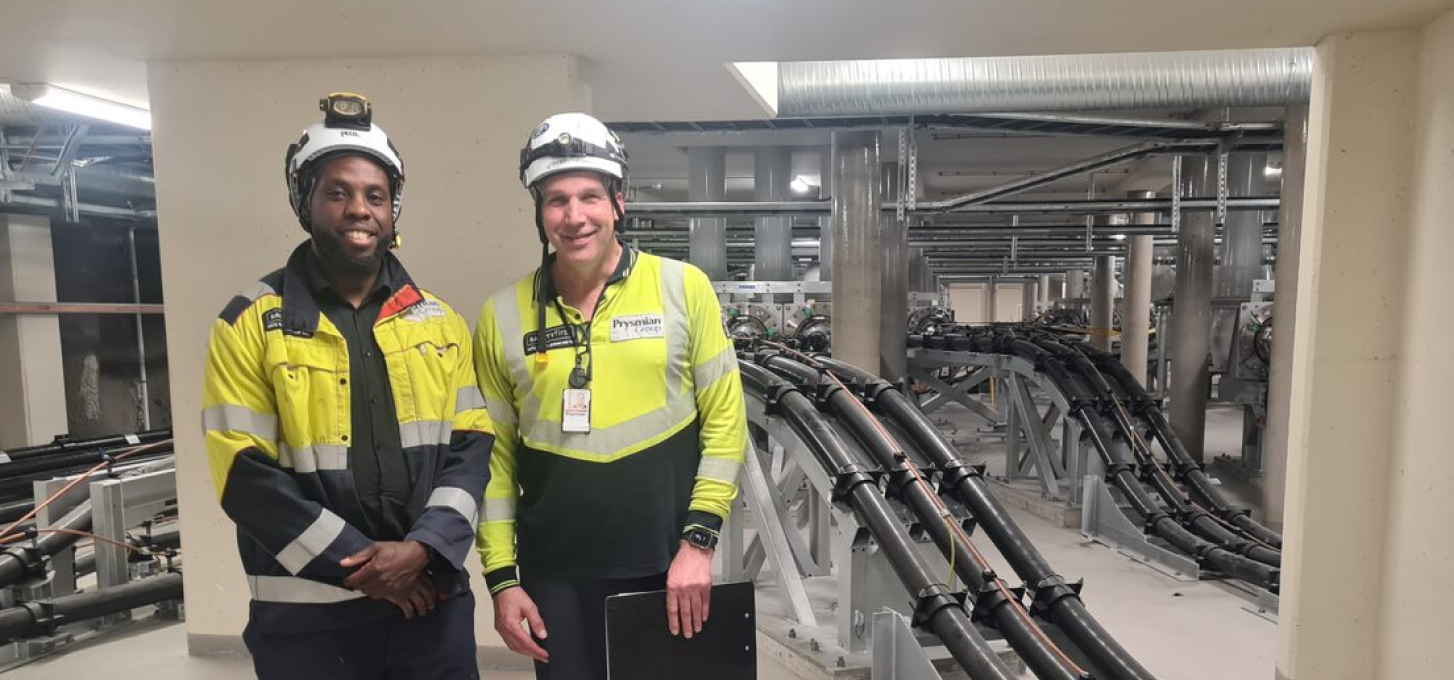Prysmian powers up Oslo: completing Smestad–Sogn and Smestad Substation projects for Statnett
Prysmian has successfully completed the Smestad-Sogn and Smestad Substation projects for Statnett, Norway's state-owned electricity transmission system operator. The final step in these significant projects was the commissioning of advanced monitoring systems in June 2024, marking the full completion of our efforts to enhance Oslo's electrical grid capacity and reliability.
With growing electricity consumption in Oslo due to its expansion and a shift from hydrocarbons to electricity, the city's power grid must be strengthened. Since most Oslo’s of these transmission lines and connections were built in mid-nineties, they now require reinvestment. Prysmian’s successful completion of the Smestad-Sogn tunnel and Smestad substation projects demonstrates our expertise in delivering high-voltage cable systems under challenging conditions.
Smestad-Sogn Tunnel: a cutting-edge underground solution
The Smestad-Sogn project involved installing a state-of-the-art 420 kV cable system within a 4 km-long tunnel, constructed using advanced blasting techniques. This project replaces the outdated 300 kV cables and prepares for future grid upgrades to 420 kV.
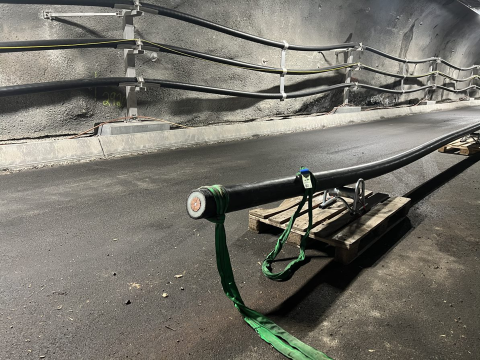
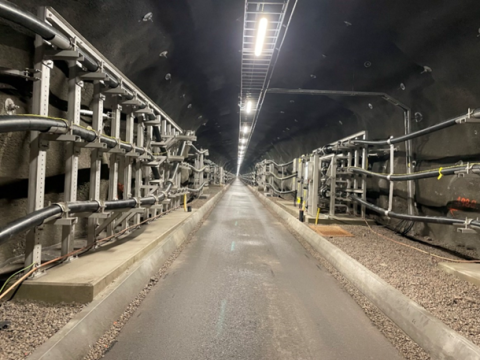
Comprehensive scope
Prysmian managed every aspect, from design and engineering to manufacturing, transportation, installation, assembly, testing, and final commissioning. The project also included high-tech monitoring systems like Distributed Temperature Sensing (DTS), Sheath Current Measurement (SCM), and Partial Discharge (PD) detection. The cable system became operational in September 2022, with the advanced monitoring system commissioned in June 2024.
Technical marvel
The cable system features two circuits, each 4.2 km long, with robust 2500 mm² Milliken conductor of oxidized copper wires. Prysmian's Click-Fit joints were chosen for their reliability in tunnel installations. The cables were arranged in a vertical flat formation with 600 mm phase separation, utilizing stainless steel supports and metallic cleats to endure the tunnel’s humid conditions.
Challenges and innovations
Installing the system in a blasted tunnel posed unique challenges. The tunnel’s irregular walls required Prysmian to develop flexible support structures that could adapt to the rough surface. Approximately 600 meters of the tunnel have a 10% incline, which added complexity to the installation. To address these issues, Prysmian conducted extensive pre-installation studies and tests, including short circuit tests, heat cycle loading tests, and type tests, ensuring optimal performance and reliability. The humid environment necessitated the use of stainless steel for supports, cleats and sheath bonding cabinets to prevent corrosion. The tunnel’s incline and confined space demanded precise engineering and innovative solutions to maintain the integrity and performance of the cable system.
Smestad Substation upgrade: enhancing capacity and reliability
The Smestad substation upgrade is a crucial part of Statnett’s strategy to enhance the electrical grid in Oslo. This project transitioned the substation from 300 kV to 420 kV, significantly increasing its capacity and reliability.
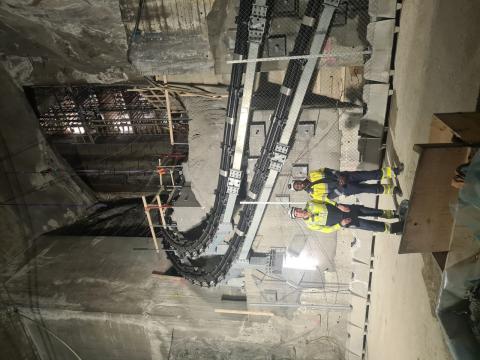
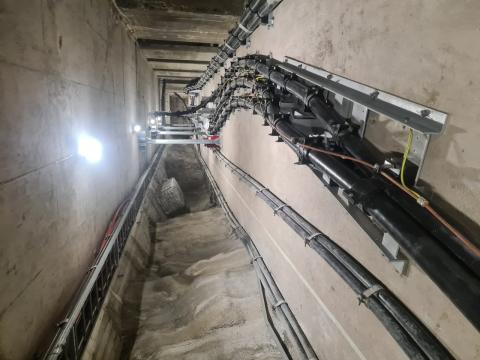
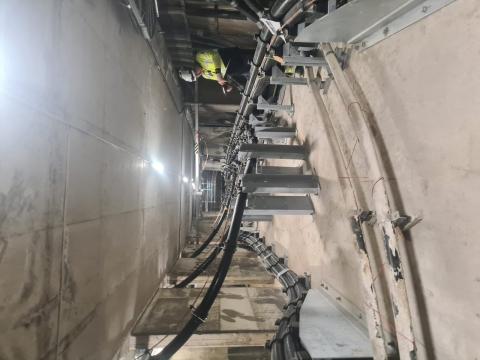
End-to-end responsibility:
Prysmian handled the full project lifecycle, including design, engineering, manufacturing, transportation, installation, civil works, assembly, testing, and commissioning of the cable system. This also involved installing monitoring systems for pressure and humidity levels inside the terminations. The cable system was operational in June 2023, and the monitoring system was commissioned in June 2024.
Technical highlights
The project required installing six short 420 kV circuits and one 300 kV circuit, using high-quality aluminium Milliken conductors. The circuits were terminated with 420 kV dry-type terminations and oil-filled 300 kV terminations. Steel support structures were employed to ensure the safety and stability of the installation.
Overcoming obstacles
The primary challenge was finding an optimal cable route within the confined GIS basement space. The limited space required Prysmian to carefully plan and design the cable route, utilizing detailed 3D models to find the optimal path. The GIS basement's restricted height meant that horizontal GIS terminations had to be used instead of the standard vertical ones, demanding precise engineering and innovative approaches. Additionally, some sections of the rock walls did not meet the necessary force requirements, necessitating the installation of anchors up to 9 meters long for additional support. The floor also needed reinforcement at various points to withstand the operational forces. However, with vast expertise of Prysmian, a solution was successfully implemented to ensure a reliable cable installation.
“With hard work and dedication, we successfully completed the projects and set an example for future projects” - Romeo Nijhove (Sr. Project Manager Prysmian Netherlands B.V.)



